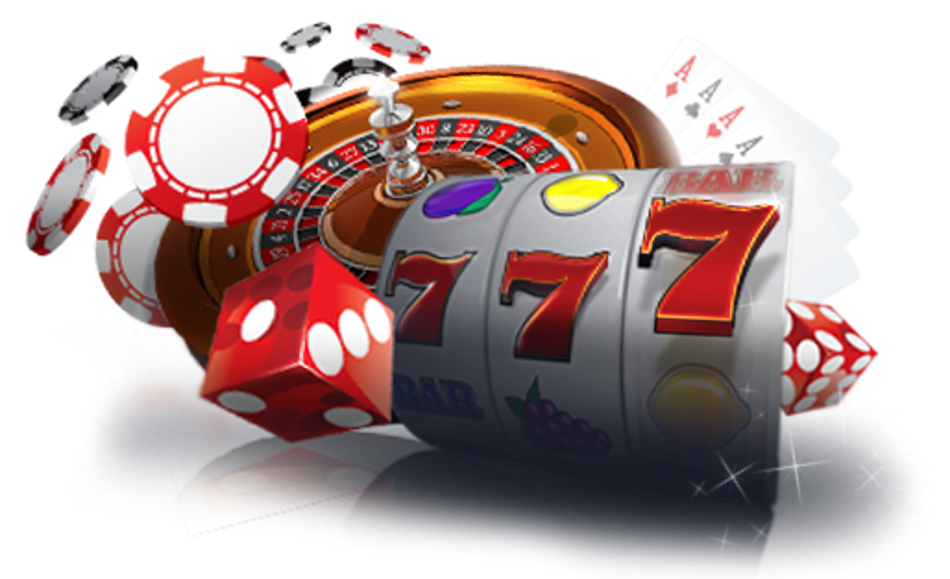The tale of slot machines is a mesmerizing journey that mirrors the development of entertainment and gambling over the ages. Starting from their simple origins in the final decades of the 1800s to becoming a fixture in gambling establishments across the globe, these games of chance have undergone remarkable changes. Slot machines have enthralled players with their bright graphics, engaging storylines, and the hope of life-changing wins.
At first created as mechanical machines with turning drums and a small number of images, slot machines have grown into cutting-edge electronic games that include modern tech and engaging elements. Today, they attract millions of players, each wanting to win big with just the yank of a lever or the tap of a button. Investigating the fascinating background of these devices reveals not just the tale of a beloved pastime, but also a reflection of societal changes and tech developments over the years.
The Origins of Slot Machines’ History
The story of slot machines originates in the late 19th century, a time when machines were becoming popular in places of amusement. The first true slot machine was invented by Charles Fey in 1895, referred to as the Liberty Bell. It featured 3 spinning reels and five symbols: hearts, diamonds, spades, a horseshoe, and the legendary Liberty Bell. Players would pull a lever to spin the reels, and if the symbols matched in a specific combination, they would win a payout. Fey’s invention rapidly captured the attention of gamblers and set the foundation for future developments in casino slots games.
As the concept of the slot machine gained popularity, various inventors looked to enhance Fey’s design. By the dawn of the 1900s, these machines were becoming a frequent presence in saloons and amusement parks. In 1907, the first electromechanical slot machine was launched by Herbert Mills, featuring a more intricate system of payout mechanisms and the renowned fruit symbols that are still associated with slots today. This evolution marked a major shift in the gaming industry, as machines became more engaging and user-friendly, attracting more players.
The popularity of slot machines continued to soar throughout the first half of the 20th century, resulting in their extensive use in casinos across the United States. However, as legal restrictions on gambling during the Great Depression posed challenges for the industry. https://ga179.com/ Many machines were outlawed, but this did not halt innovators. Instead, they adapted by creating machines that dispensed candy or gum instead of cash prizes, effectively circumventing the restrictions while still offering the thrill of a casino slots game. This creativity kept the spirit of gambling alive, setting the stage for the eventual resurgence of slot machines in modern casinos.
Advancement of Casino Slot Technology
The background of slot machines started in the final 19th century with the invention of the early mechanical slot machines. A mechanic named Charles Fey, a San Francisco engineer, presented the Liberty Bell slot machine in 1895, which featured three rotating reels and five icons: hearts, diamonds, spades, a horseshoe, and the bell symbol itself. This simple yet captivating design laid the foundation for the progress of casino slots game, creating an instant attraction for gamblers seeking fun and a chance to earn.
As tech matured, so did the styling and functionality of gambling devices. By the mid 20th era, electromechanical machines appeared, including electrical components to enhance gameplay and increase payout possibilities. These developments enabled for more complex features like various paylines and bigger jackpots. The gambling venues welcomed these innovations, resulting in the growth of gambling devices as a major contributor of profits within the gaming industry, fundamentally transforming the slots gaming experience.
The final 20th and early 21st centuries brought the digital revolution, resulting in the debut of video slots. These devices substituted traditional reels with monitors, permitting even more imagination in themes and gameplay mechanics. Players could now experience rich graphics and sound effects, along with dynamic bonus rounds. The shift to web-based gaming further changed the casino slots game, allowing slots accessible to a global audience anytime and wherever, thus marking a new era in the evolution of gaming machine technology.

A Social Impact of Gaming Machines
These gaming machines have become more than just a means of entertainment; they have woven themselves into the essence of popular culture. From movies and TV series to music and literature, these famous gaming machines often serve as symbols of luck and risk. Films like Casino and Ocean’s Eleven notably highlight slots, depicting them as thrilling yet unpredictable elements of the casino atmosphere. Their distinct attraction lies in the sound of coins falling, the spinning reels, and the bright flashing lights, which in unison create an electric atmosphere that draws people in.
Moreover, slot machines have shaped social gatherings and events, making them a centerpiece in casinos and gaming venues. Many people do not just visit a casino to gamble; they attend for the full experience, which encompasses the social interactions and the lively ambiance surrounding these machines. Special tournaments and themed gaming nights centered around slots also highlight their popularity, fostering social connections and collective fun among players. This social element has contributed to the machines’ lasting popularity.
The evolution of technology has also transformed this cultural impact. Digital and online slots have expanded access to these games far beyond the walls of physical casinos. Players can now get their favorite casino slots game from home or on the go, leading to the rise of online communities and discussion boards where enthusiasts share strategies and experiences. The ongoing innovation in game design and the inclusion of storytelling have kept the cultural importance of slot machines alive, attracting younger audiences while maintaining a tie to their historical roots.
